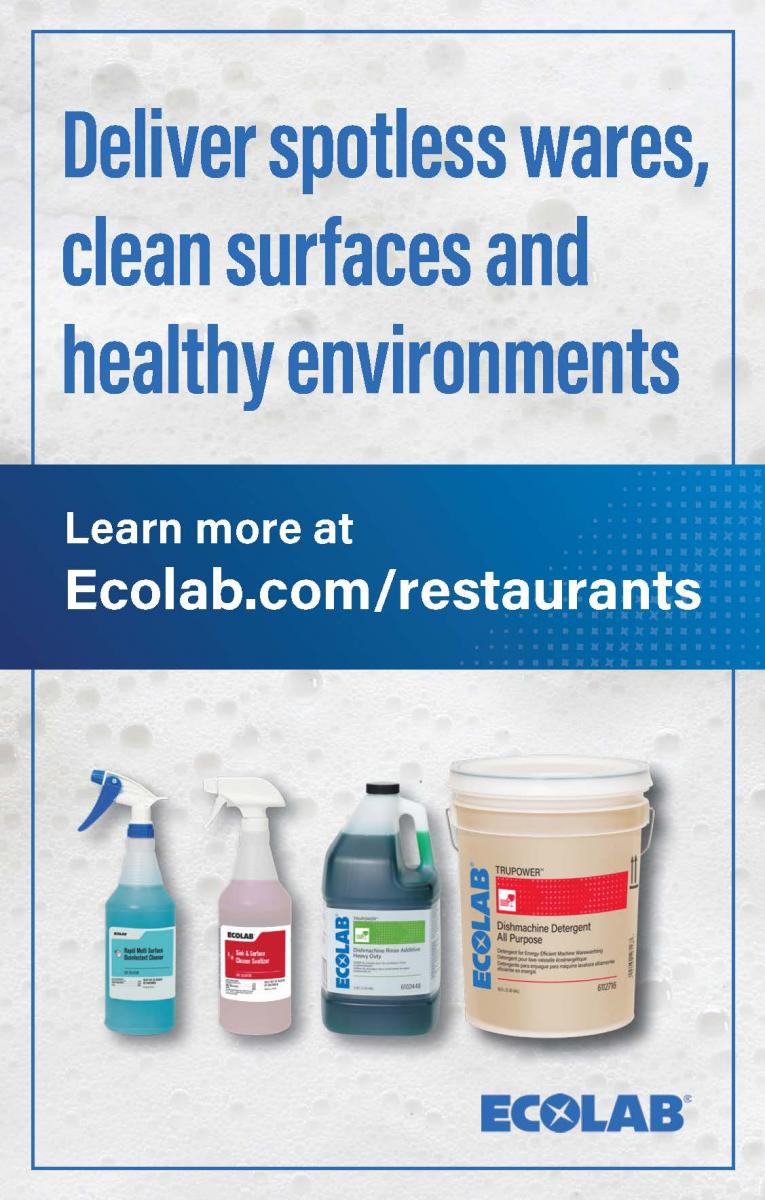You are here
Top 8 FDA Acknowledged Allergy Triggering Foods That Require Labels, Could Soon Become 14
Top 8 Becoming Top 14?
By Claire Willis (Director of Culinary Nutritionists at MenuTrinfo®)
In the United States, the Food and Drug Administration acknowledges 8 foods as causing 90% of food allergic reactions and requires these ingredients to be clearly labeled on all packaged retail goods. These foods are eggs, soy, milk, wheat, peanuts, tree nuts, shellfish and fish. In restaurants, allergen labeling is not yet required but is in high demand by consumers who have food allergies or intolerances. While most American restaurants can get away with posting an allergen chart that only includes the “Top 8,” other countries will soon have a much longer list to abide by.
Starting in December of this year, restaurants, catering business, food trucks, and any other entities that distribute food will be required to provide allergen information to their consumers. The list of allergens they must include goes much further than the “Top 8.” The foods that must be identified are:
- Cereal grains that contain gluten (wheat, rye, barley, etc.)
- Crustaceans
- Mollusks
- Fish
- Eggs
- Peanuts
- Tree Nuts
- Soybeans
- Milk
- Celery
- Lupin
- Mustard
- Sesame
- Sulfur dioxide and sulfites (at levels greater than 10 mg/kg in products where it’s deliberately added)
Restaurants or other foodservice entities that fail to comply with this new guideline will face a fine and be served with a notice to make their allergen information available to diners.
While these guidelines have not yet hit the United States, it’s not unreasonable to think that allergen labeling in restaurants will be coming this way next. Food allergies are on the rise and are becoming a serious public health concern. Legislation that promotes food allergy awareness and restaurant preparedness has already been passed in several states, with more to come. Consumers are demanding more and more transparency in their food – both in the retail market and when dining out.
For those brands that have locations in the U.S. and have any future plans for expansion to the European Union, labeling of these 14 allergens will need to be addressed and handled properly in the restaurants. Printed recipes should always be available in the back of the house to ensure the highest levels of accuracy at all times. Utilize third-party verification to make sure all allergens are being accounted for at every level of the recipe. In contracts with food suppliers, a line should be added that states the restaurant will be informed if the formulation of a product changes and the allergen content is altered. And while labeling of these allergens is important and will come as a big victory in the food allergy community, it’s very important for the foodservice industry to remember that cross-contact in the kitchen or on the food’s way to the guest can cancel out all other efforts to provide a safe, allergen-free dish. Training for staff on best practices in avoiding allergen cross-contact should always accompany allergen charts and guarantee a safe dining experience for all guests.
Food allergies are becoming more and more common and the government is responding with more detailed and more enforced regulations for the foodservice industry in order to better protect diners. While the European Union is at the forefront of this wave, U.S. restaurants could soon be facing similar guidelines. For those companies with locations in the E.U. this change is a terrific new opportunity for improved guest relations with happier and healthier diners, and those in the U.S. can take note and offer a similar experience with a fully trained staff and an accurately labeled menu.





















